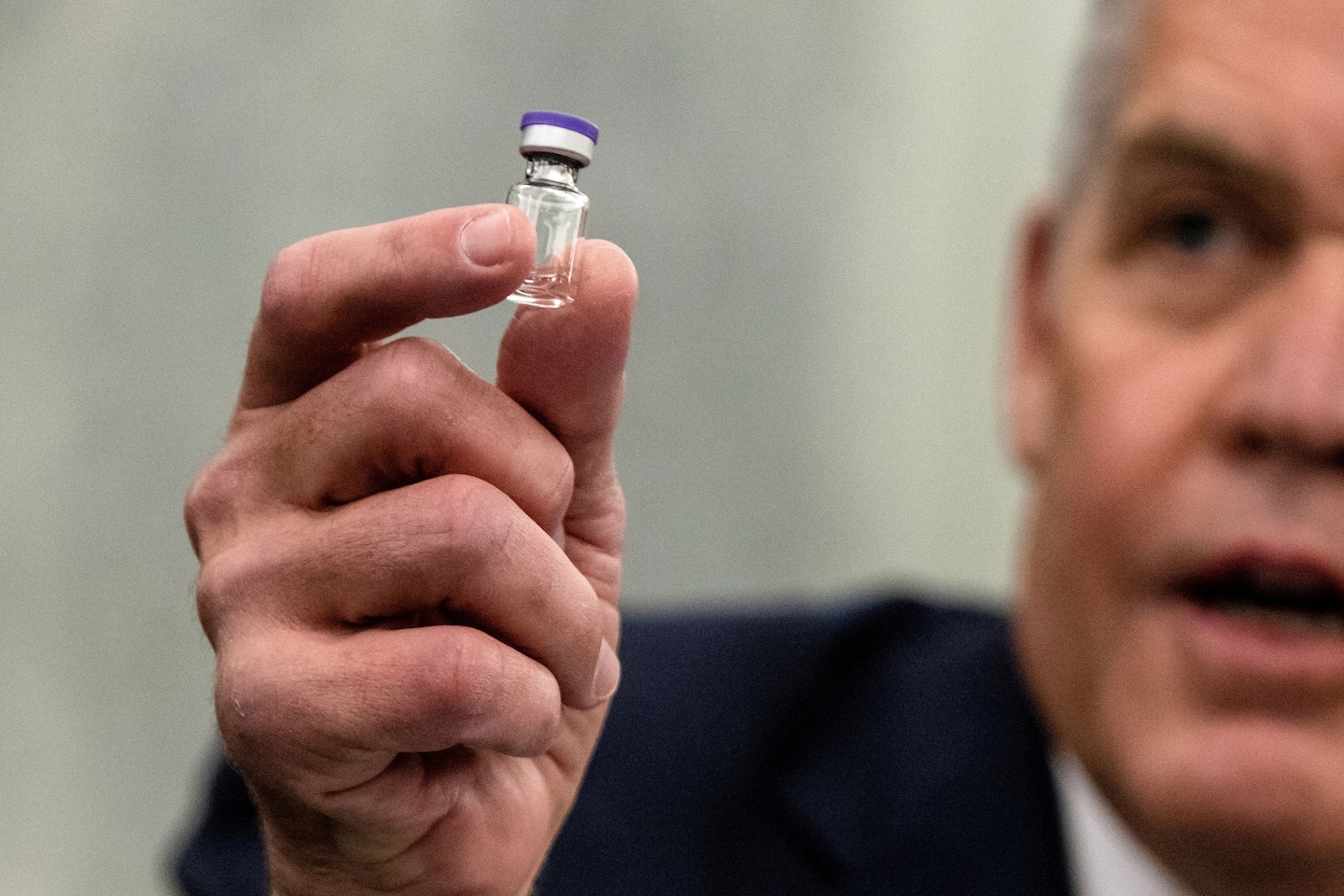How many Americans will die of covid-19 before the vaccine reaches scale?

In the meantime, how many more Americans will die?
We are experiencing more deaths from covid-19, the disease caused by the virus, than at any prior point in the pandemic. Both because of a failure at the individual level to take necessary precautions against the virus’s spread and because of a tacit embrace of inaction at the federal and, in some cases, state level, the virus has spread largely out of control for the past three months.
President Trump is one of those who has suggested that efforts to contain the virus are not warranted. Earlier this week, he spoke approvingly of the rate of spread, given that it, too, confers immunity. Of course, that comes at the cost of a significant number of human lives.
On Friday morning, he tied together his two current fixations — the imminent vaccine and his efforts to subvert the results of the 2020 election — in a two-tweet package.
“The Swine Flu (H1N1), and the attempt for a vaccine by the Obama Administration, with Joe Biden in charge, was a complete and total disaster,” he claimed, reiterating an assertion that he’s made before. “Now they want to come in and take over one of the ‘greatest and fastest medical miracles in modern day history.’ I don’t think so!”
“I just want to stop the world from killing itself!” he added.
Yet because the virus has spread so widely, the number of new deaths recorded each day at this point exceeds the number of Americans killed in the terrorist attacks of Sept. 11, 2001. On Thursday, Centers for Disease Control and Prevention Director Robert Redfield suggested that that daily death toll would continue for the immediate future.
“We are in the time frame now that probably for the next 60 to 90 days, we’re going to have more deaths per day than we had at 9/11 or we had at Pearl Harbor,” Redfield said.
Again, the reason why is that the number of coronavirus infections hasn’t been contained.
While defenders of the status quo like to argue that the number of deaths is incidental compared to the number of new infections, the two are obviously linked. As cases increase, so do deaths, though on a delay. The current surge in new cases began Sept. 12; the number of new deaths recorded each day began increasing about a month later.
(You’ll notice the late-November drops on both numbers. That’s probably a function of scaled-back reporting during the Thanksgiving holiday.)
It’s easy to retroactively identify the link between the number of new deaths and new cases, incorporating that lag. But for the past few months, there’s been a steady relationship: About 1.8 percent of new coronavirus infections have led to deaths a few weeks down the line. The period between the two has shifted a bit, but at this point, a 26-day lag offers the closest correlation to the average number of new deaths the country is seeing.
This is a seven-day average of new deaths, so while the country has seen recorded deaths top 3,000 for the past two days, the average hasn’t yet caught up.
But it probably will over the short term, based on the aforementioned ratio. If it holds over the next 26 days, the country would see more than 3,500 deaths per day by Jan. 1, 2021.
An estimate from the University of Washington’s Institute for Health Metrics and Evaluation has a less bleak projection, figuring that the average number of deaths each day will probably remain under 3,200 even in a worse-case scenario. That projection, though, is already tracking well behind what the country is seeing.
Even if the rate of new infections begins slowing immediately, the existing ratio of new cases to new deaths means that some 360,000 Americans will have lost their lives by the new year. The IHME projection puts the total number of new deaths by the end of January at about 400,000, give or take about 30,000.
The important factor here is that so much of what’s coming is already baked in. Combine that with the fact that the vaccine will be deployed relatively slowly, and the short-term picture is bleak.
“The reality is the vaccine approval this week’s not going to really impact that I think to any degree for the next 60 days,” Redfield said Thursday.
The best we can do for the next two months is to try to limit the number of new infections and thereby limit the number of new covid-19 deaths. There’s no point in allowing the virus to spread without control, given that a vaccine (several vaccines!) are on the horizon, which can generate herd immunity without the same death toll.
It would probably be useful for the president to embrace this message instead of one so heavily focused on assuming credit for the eventual vaccine.






